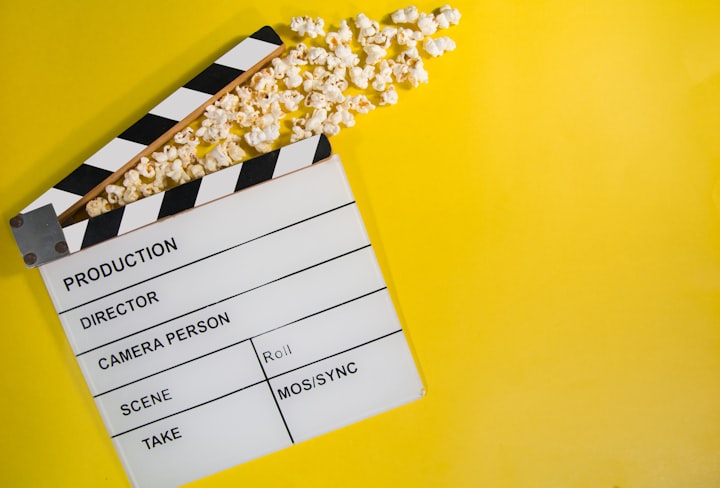Why do we eat popcorn at the movies?
popcorn
Soft percussion and a toasty scent mark the mesmerizing metamorphosis of tough seeds into cloud-like puffs, giving birth to the enchanting world of popcorn-making. But how did this whimsical food come to be? The story takes us back to the ancient Indigenous people in what is now southern Mexico, who began selectively breeding a tall grass called teosinte around 9,000 years ago. Teosinte originally bore between 5 and 12 small kernels, each encased in a hard shell known as a pericarp. Some of these kernels had a fascinating characteristic: upon reaching a certain temperature, they would burst into a spectacular explosion. The magic behind popcorn lies in the tightly sealed water and starch within the pericarp. When heated, the moisture transforms into steam, causing the solid starch to turn into a gel-like substance. The internal pressure finally overcomes the pericarp's resistance, leading to a joyous burst – the steam and starch expand to form a foam that swiftly cools and dries in the air, releasing the delightful aroma of popcorn.
The journey of popcorn continued as ancient Indigenous American people cultivated diverse maize varieties with larger, more flavorful kernels and thinner pericarps. Yet, the hard-shelled, poppable variety endured and spread across the Americas. When European colonizers arrived in the late 1400s, they encountered corn in various preparations, including popcorn used in Aztec feasts and celebrations. Initially, popcorn wasn't a major part of their diets, but European accounts mentioned "toasted" or "parched" corn. Eventually, the colonizers embraced popcorn, leading to inconsistent and messy popping methods until the invention of "wire over the fire" baskets in 1837, which streamlined the process.
From there, popcorn's popularity soared as a low-cost and entertaining snack. It found its way into numerous recipes, blending sweet and savory flavors. The turning point came at the 1893 World's Fair, where an inventor unveiled the first popcorn machine – a wagon that seasoned the popcorn as it cooked. This innovation gave rise to vendors roving the streets with similar machines, except in movie theaters. Theater operators initially resisted serving popcorn, considering it a messy and low-brow street food. However, the Great Depression changed everything. With movies offering a much-needed distraction, the affordable luxury of popcorn at five or ten cents a bag became a hit with the public. Popcorn became an essential part of the cinema experience, eventually generating nearly 40% of all movie theater profits.
As time went on, different preparations of popcorn took hold in markets worldwide, and microwavable popcorn revolutionized its consumption in the 1980s. Today, dozens of popcorn varieties are grown in the US, each with its distinctive shape upon popping, such as the classic "mushroom" and "butterfly" forms. Over the last century, popcorn's expansion has doubled, with kernels now reaching up to 50 times their original size upon popping.
In conclusion, from its humble origins in the hands of ancient Indigenous people to becoming a cherished cinema treat and a global snack, popcorn has come a long way. Its captivating transformation from seeds to puffs continues to delight people of all ages, making it a beloved treat in theaters, homes, and gatherings worldwide.






Comments
There are no comments for this story
Be the first to respond and start the conversation.